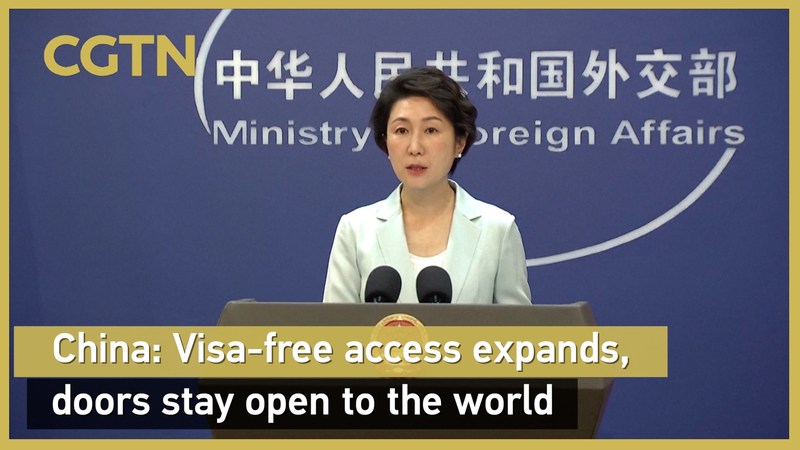China's latest push to reverse its declining birth rate has gained traction among families, with new policies offering free preschool education and universal childcare subsidies set to take effect in January. The measures aim to alleviate financial pressures on parents while addressing long-term demographic challenges.
"The policy is the government's way of saying, 'We've got your back,'" said Dr. Yang Yajuan, a Shenzhen-based pediatrician and mother of three, who has tracked birth rate trends. Her sentiment echoes widespread optimism as authorities expand support systems previously limited to select regions.
The phased rollout of free preschool education marks a strategic shift toward institutional childcare support, complementing existing tax deductions and extended parental leave. Analysts suggest these measures could help stabilize China's workforce demographics while stimulating domestic consumption through reduced family expenses.
Demographic experts highlight the timing of these reforms, as China faces an aging population and shrinking labor force. The universal childcare subsidy – calculated as a percentage of local minimum wages – is particularly significant for lower-income households in smaller cities.
While challenges remain in implementation across China's vast urban-rural divide, the policies signal a growing recognition of childcare as both a family priority and national economic imperative. For global observers, these developments offer insights into how Asian economies are adapting to 21st-century demographic realities.
Reference(s):
cgtn.com








